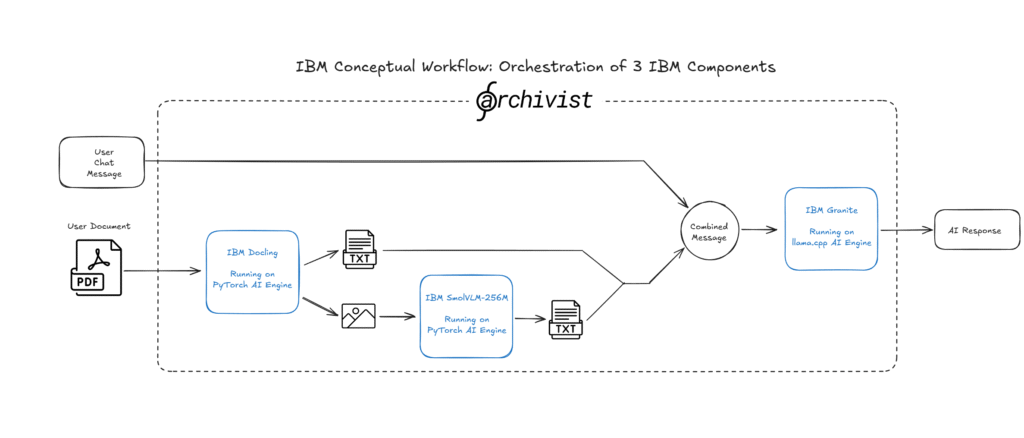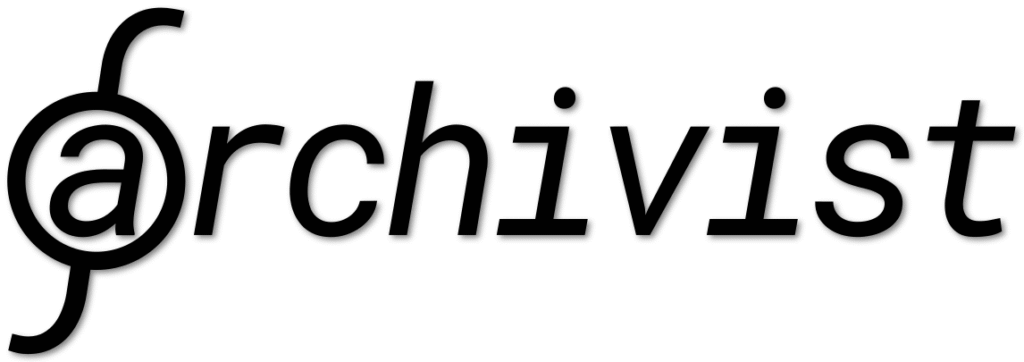Built as a working example rather than a fully polished enterprise platform, it showcases our approach to secure, local AI deployment while illustrating some foundational components from which we can develop custom solutions tailored to your specific business needs. The Business Pressure Businesses face mounting pressure to adopt AI technologies to accelerate customer turnaround times, reduce operational costs, and respond to growing demand from customers and stakeholders.
However, this adoption is often hindered by data privacy policies that prohibit uploading sensitive documents to cloud services, restrictive usage limits and rate-limiting on platforms like ChatGPT and Claude, and capabilities that simply don’t match real-world business needs—such as the inability to process large document collections or maintain context across multiple files that are essential for comprehensive business analysis. Enter Archivist
At Integral, we recognized the opportunity to demonstrate our expertise by integrating these separate IBM technologies into a cohesive, user-friendly application that unlocks their advanced capabilities and showcases the potential of combining best-in-class open source components into practical business solutions.

Our value-add to the IBM Granite model with Archivist is that we created a user-friendly interface for users to toggle between response modes (standard, RAG, chain of thought), response lengths, and RAG response styles – all through the use of simple radio buttons in the UI. This empowers non-technical business users to unlock these advanced features without having to know anything about special prompt tokens.
Also, more than just toggling buttons, we would like to point out that, in RAG mode, the entire pipeline is modified. In RAG mode, the Granite system prompt expects that the retrieved chunks be inserted into the middle of the system prompt and not simply stuffed into the user response. Archivist is developed to operate accordingly and switch pipelines to get the most out of the Granite model – all without any awareness needed by the end user. Docling Our value-add to the IBM Docling package with Archivist is that we created a user-friendly interface for users to toggle between processing modes through the use of simple radio buttons in the UI. We tested and configured different combinations of settings to give users control over the speed vs. accuracy tradeoff. This empowers non-technical business users to unlock these advanced features with a mouse click. SmolDocling Our value-add to the SmolDocling model with Archivist is that we created the pipelines for SmolDocling to annotate images within Docling and for SmolDocling to operate standalone such that users can enable these bleeding-edge technologies with the click of their mouse.


